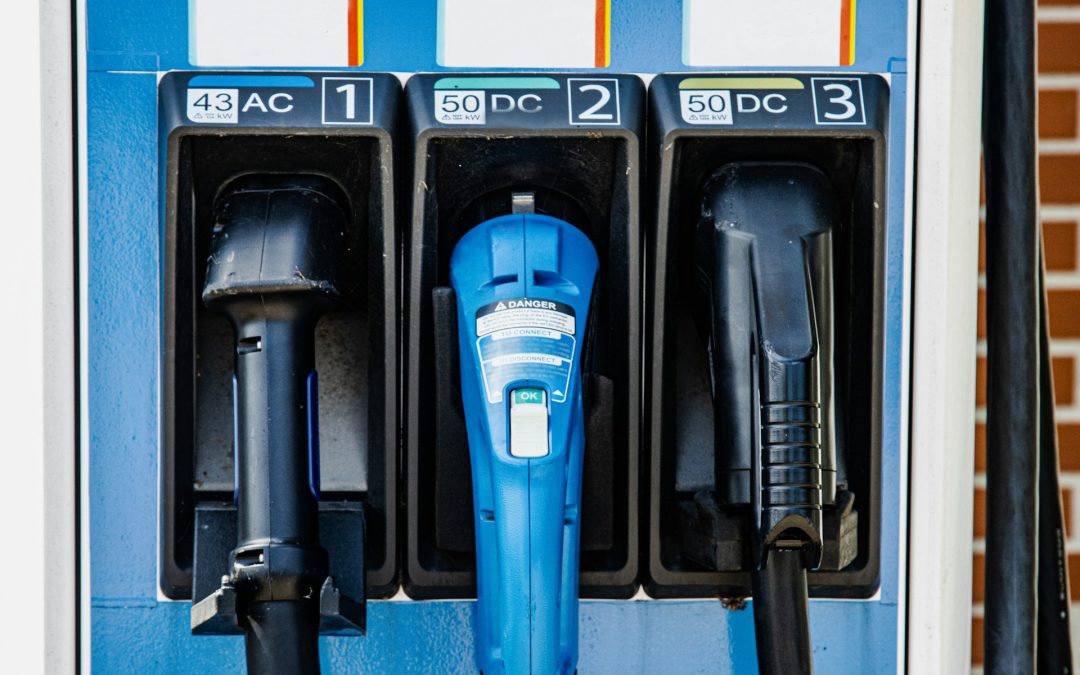
NY Funds Municipal EV Fleets and Charging Stations
On October 15, 2025, the New York State Department of Environmental Conservation (NYSDEC) announced a new round of funding to promote the use of electric vehicles and to install charging infrastructure for municipalities. This initiative supports electric vehicle use...
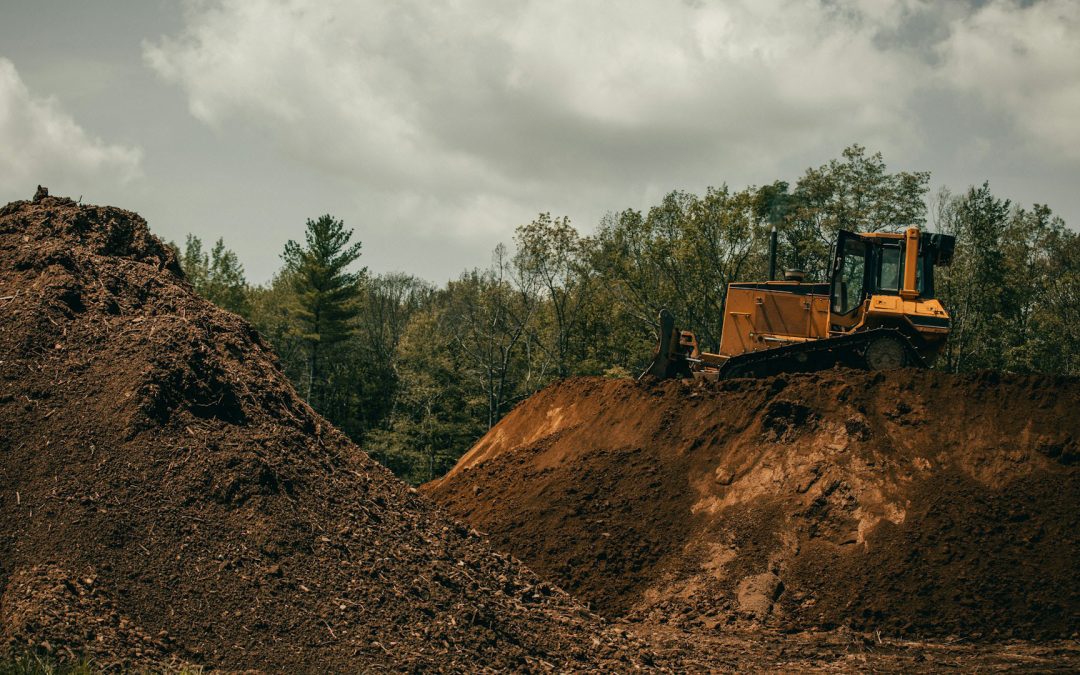
An Introduction to Environmental Data Management Systems
In 2025, technological advancements are leading the way in simplifying everyday tasks. Environmental Data Management Systems, or EDMS, are doing just that for environmental sampling. EDMS are utilized to streamline the collection, management, and reporting of...
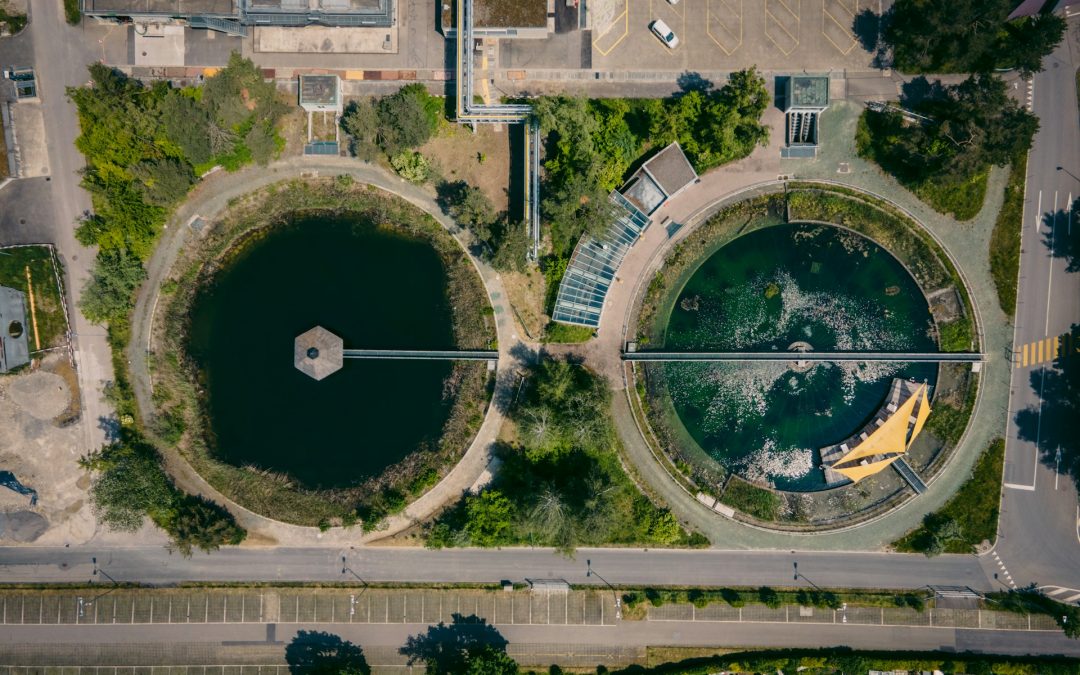
Breaking Down NY’s $325 Million Water Infrastructure Grants
Introduction New York State is, once again, investing heavily into water infrastructure – on June 11, it announced $325 million in grant funding for the Water Infrastructure Improvement (WIIA) and Intermunicipal Water Infrastructure Grant (IMG) Programs. This is a...
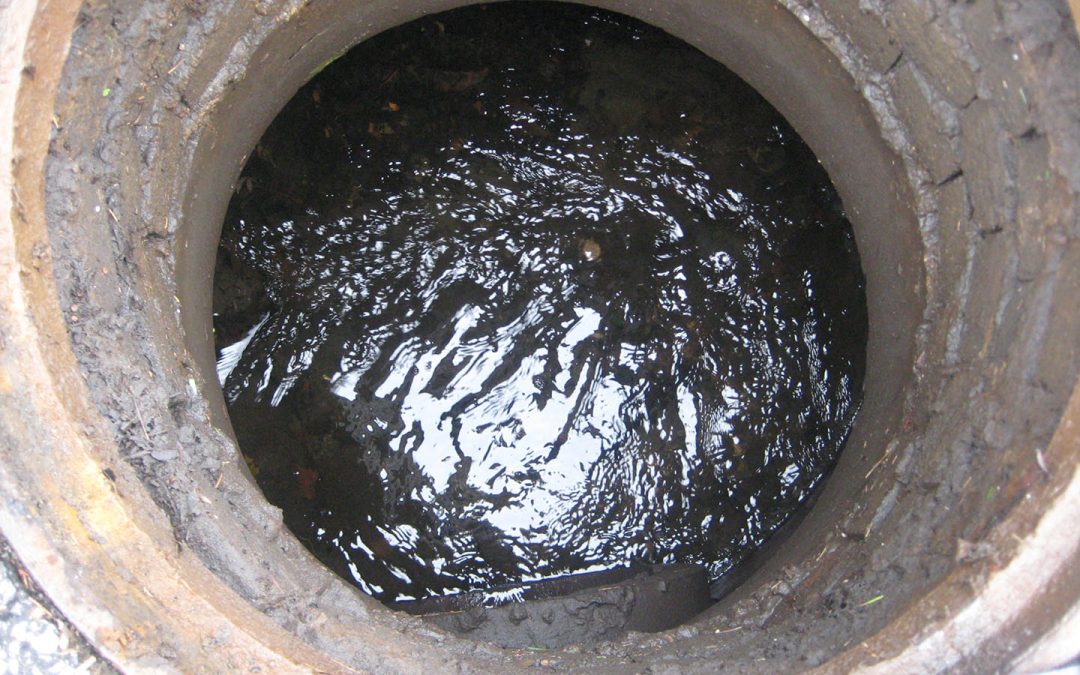
MS4 Interim Progress Certification and Annual Report Reporting Period Deadline
As the year comes to a close, Municipal Separate Storm Sewer System (MS4) operators in New York must prepare for the upcoming reporting deadlines. The reporting period for the interim progress certification and the annual report ends on January 2, 2025. Submissions to...
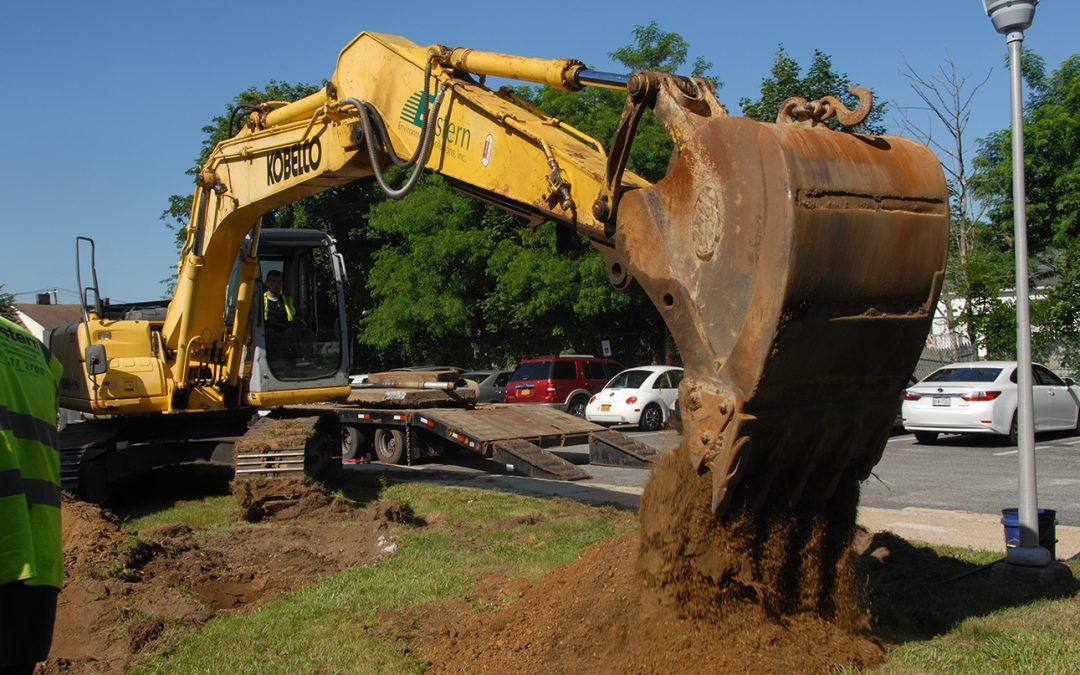
Why Is Erosion and Sediment Control Important?
Erosion is a natural process that involves the transportation of sediment from one location to another by wind or water. Human-driven processes such as construction can exacerbate the rate of erosion, impacting the surrounding ecosystems. Implementing an Erosion and...
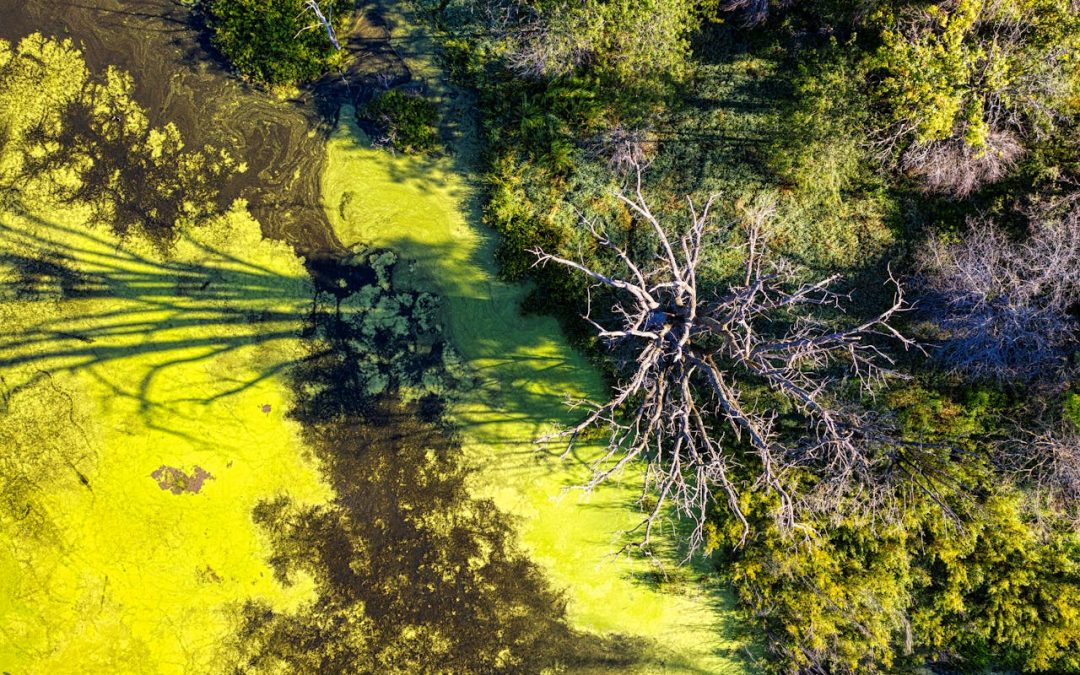
Using DEC’s Harmful Algal Bloom Reporting System
Algae is an aquatic, photosynthetic organism that ranges in size from single-celled microalgae to large seaweeds. An algal bloom is a swift increase in the prevalence of algae in a body of water. In most cases, algae and algal blooms occur naturally, and are not...
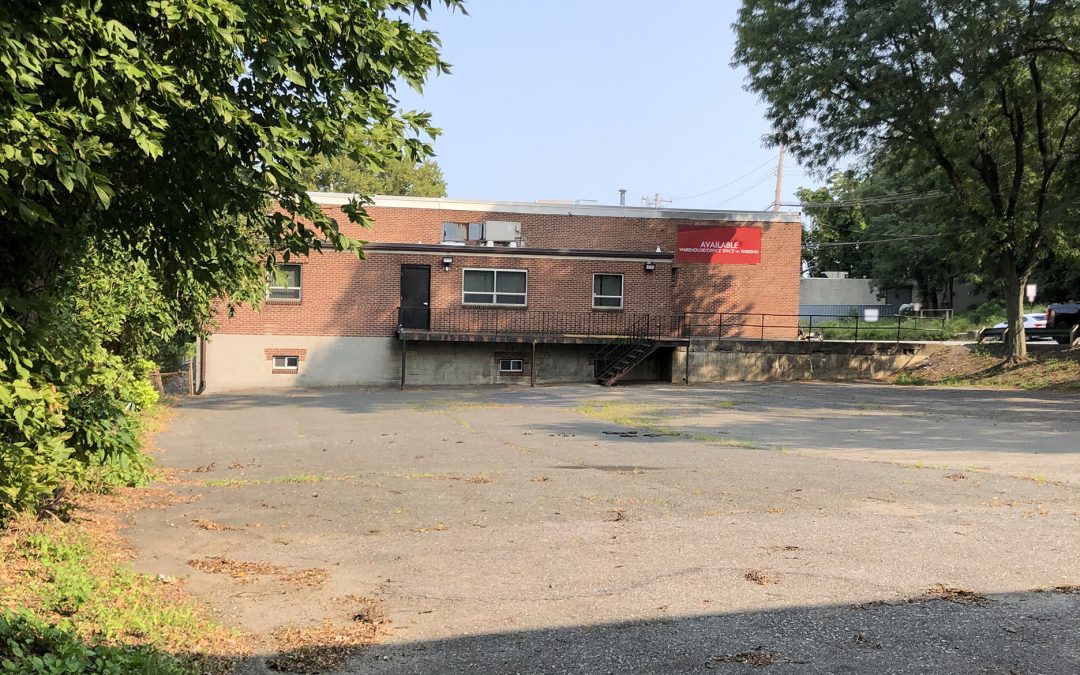
Deadline for Public Comments on Proposed 6 NYCRR Part 375 Amendments: May 21, 2024
Introduction to 6 NYCRR Part 375 6 NYCRR Part 375 Environmental Remediation Program regulations govern all environmental remediation efforts in New York State. The main focus of these regulations is to determine whether a site is contaminated with hazardous chemicals...
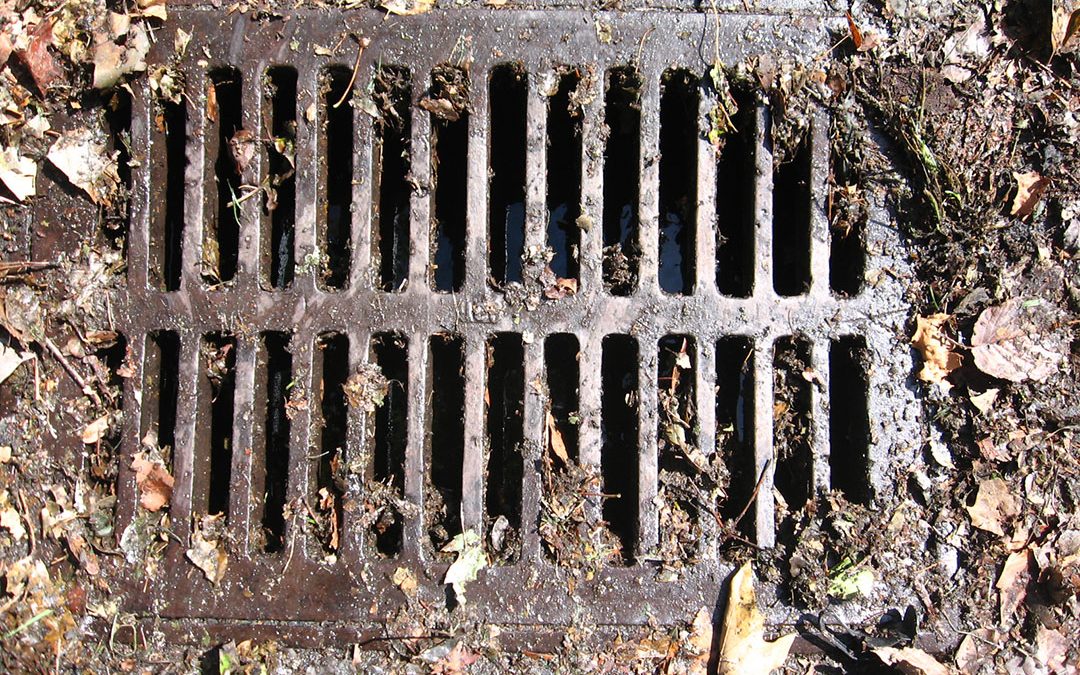
My Facility Received a Stormwater Notice of Violation. Now What?
Industrial facilities in New York have recently been receiving Notices of Violation (NOVs) from the New York State Department of Environmental Conservation (NYSDEC) for violating the terms of the SPDES Multi-Sector General Permit (MSGP) for Stormwater Discharges...
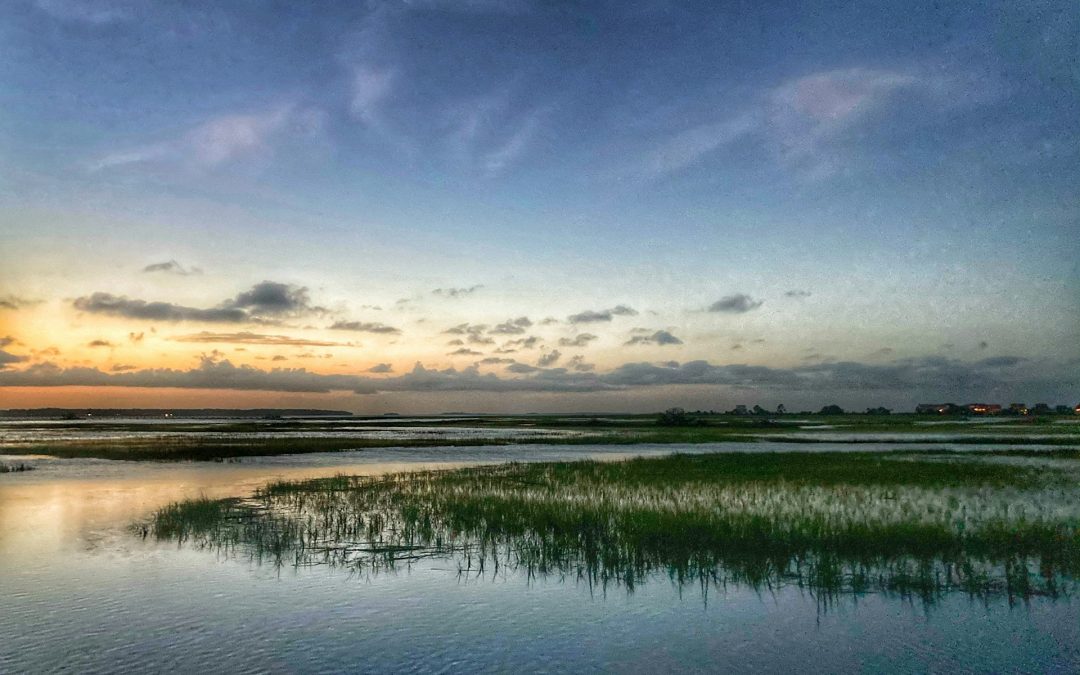
Protecting New York State’s Freshwater Wetlands
In the past, wetlands across the nation were treated as dumping grounds for waste. In the 1700s, more than half of the wetlands that existed in the contiguous United States were destroyed due to the pollution and filling in of these areas. You may be asking yourself:...
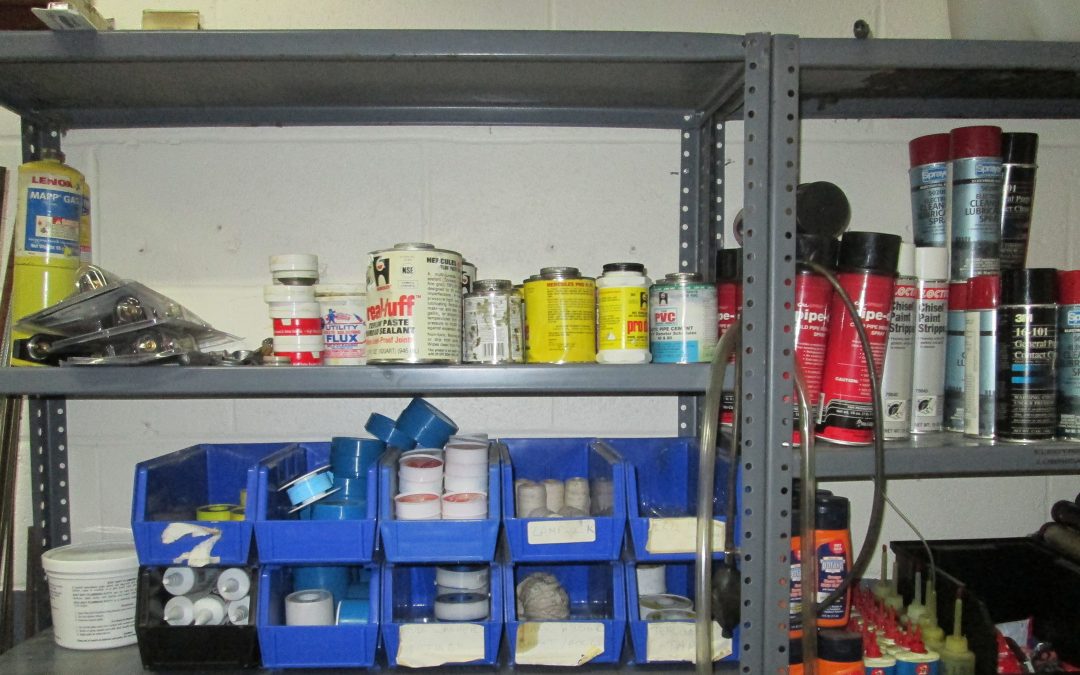
Prepare for the Annual Community Right-to-Know Tier II Report Filing Deadline March 1, 2024!
As the end-of-year holidays and the New Year are approaching, it’s important to remember that the Annual Community Right-to-Know Tier II Report Filing Deadline with the New York City (NYC) Department of Environmental Protection (DEP) is coming up. March 1, 2024 is...
